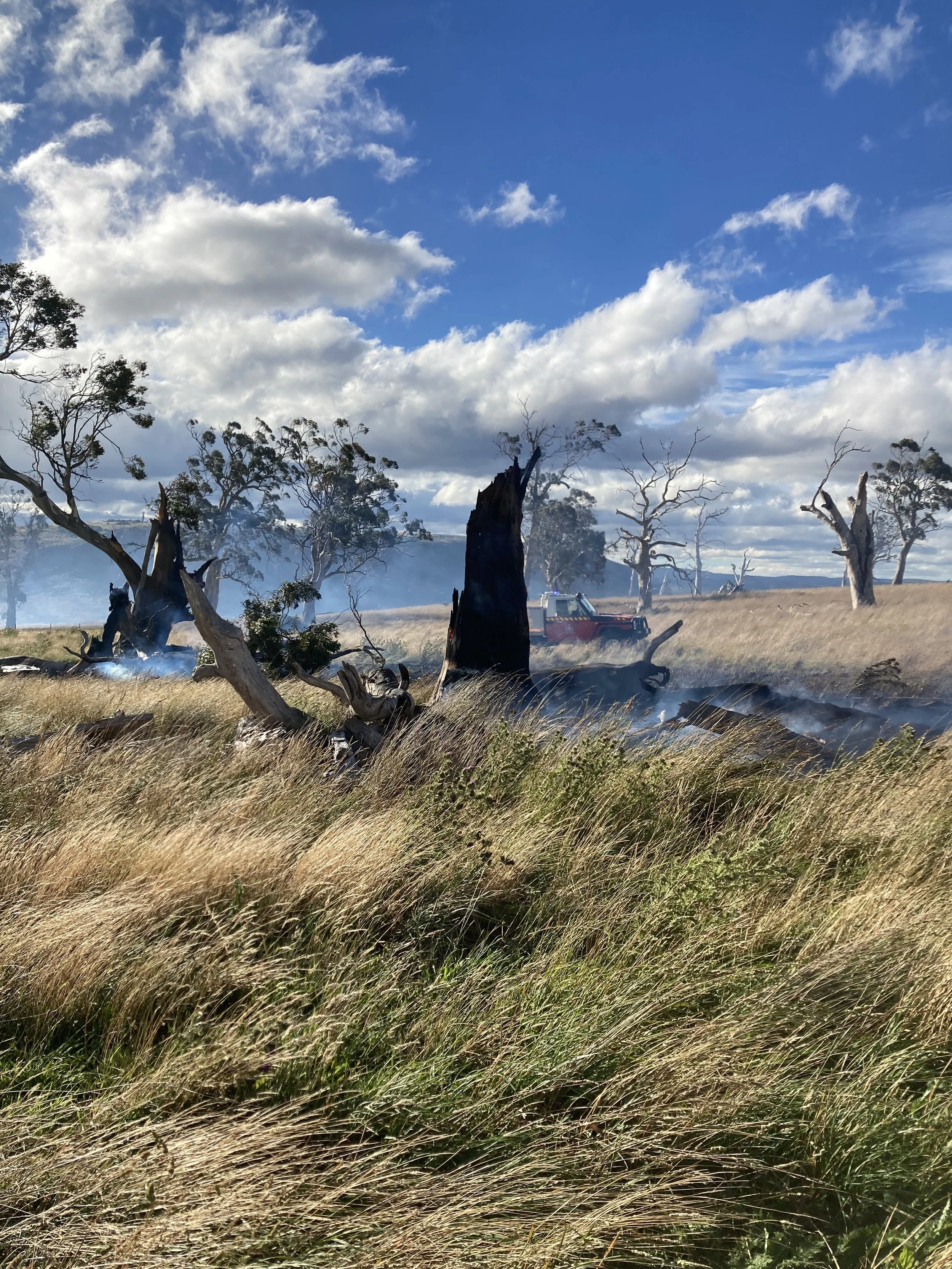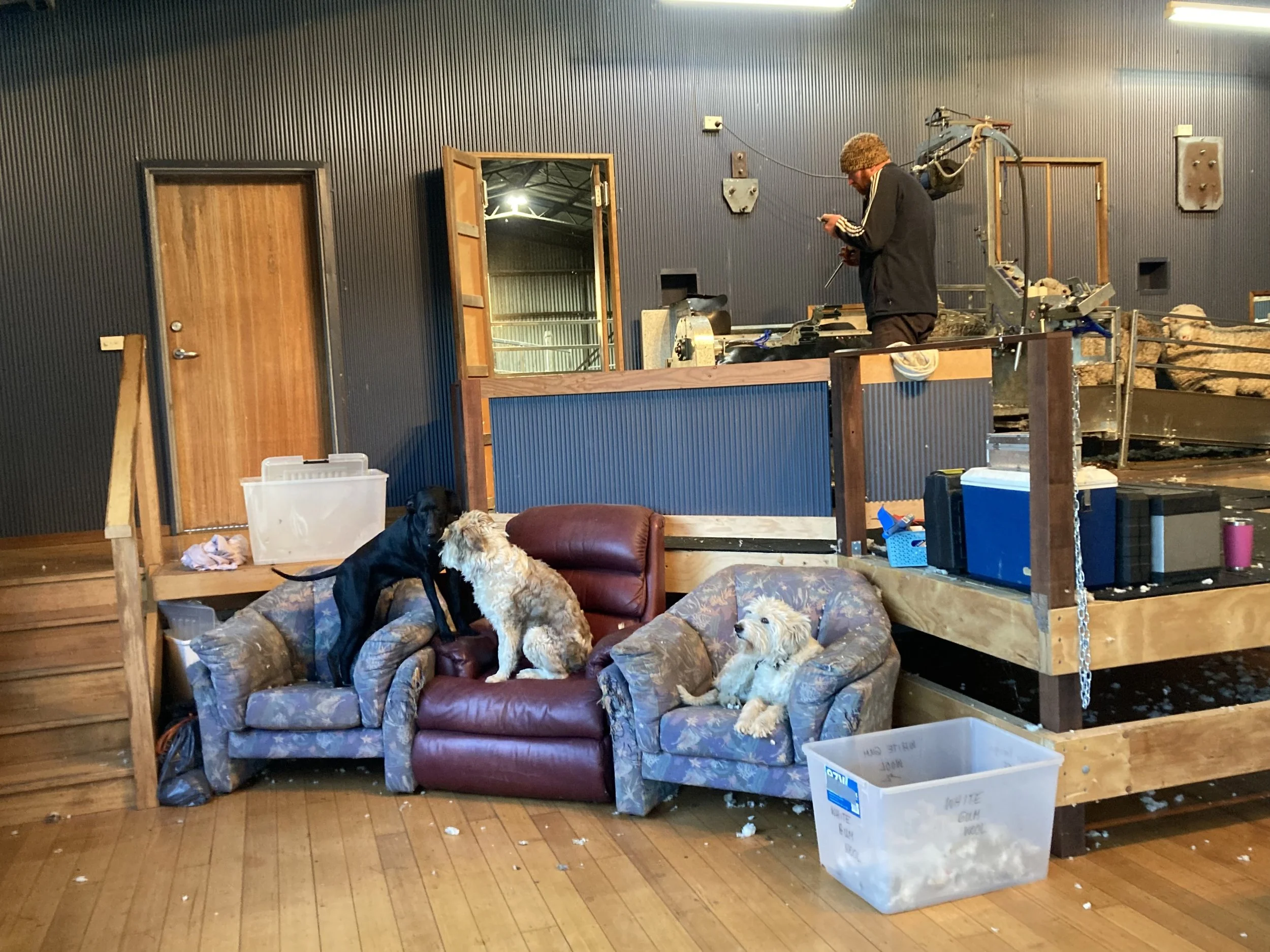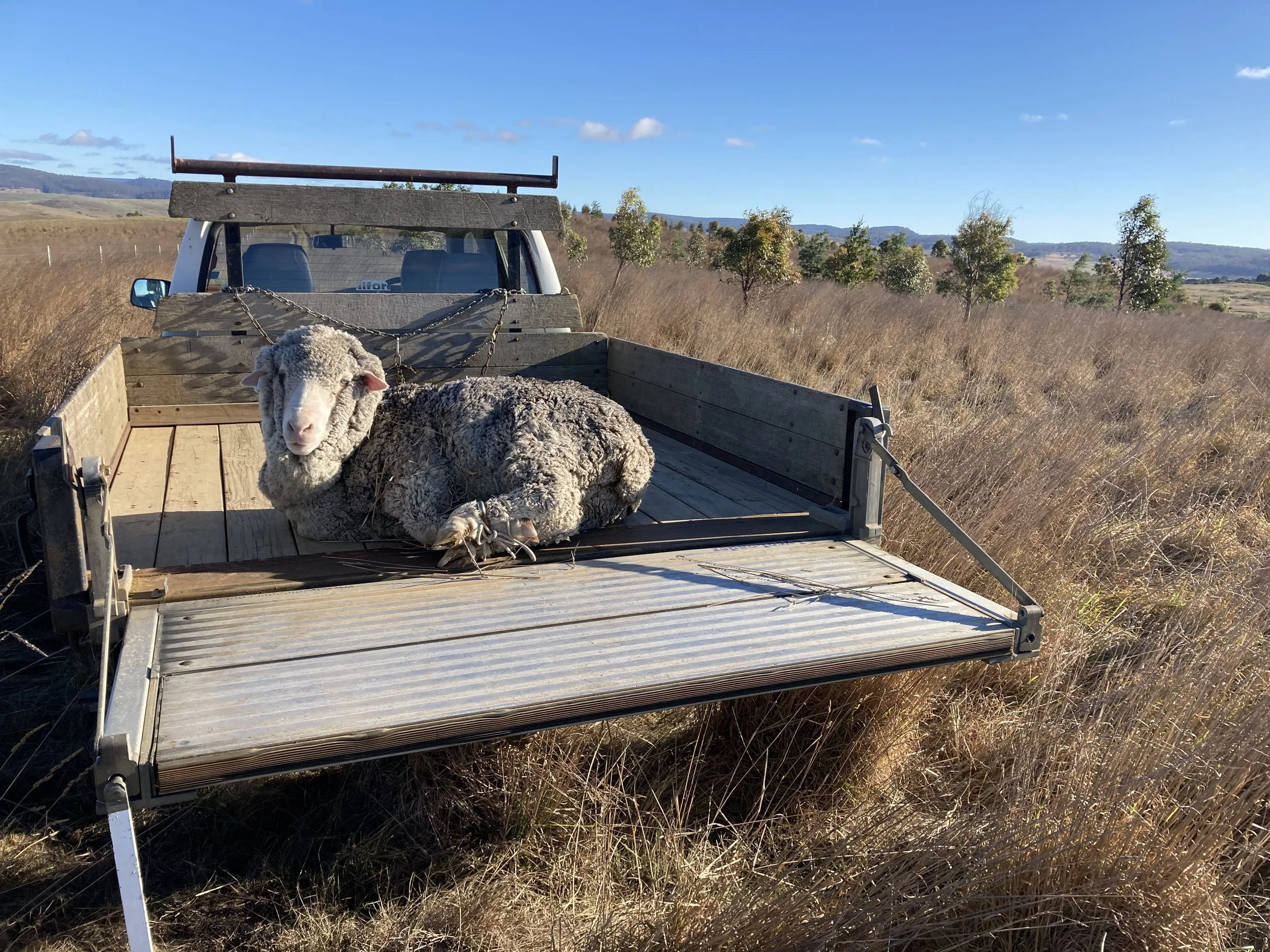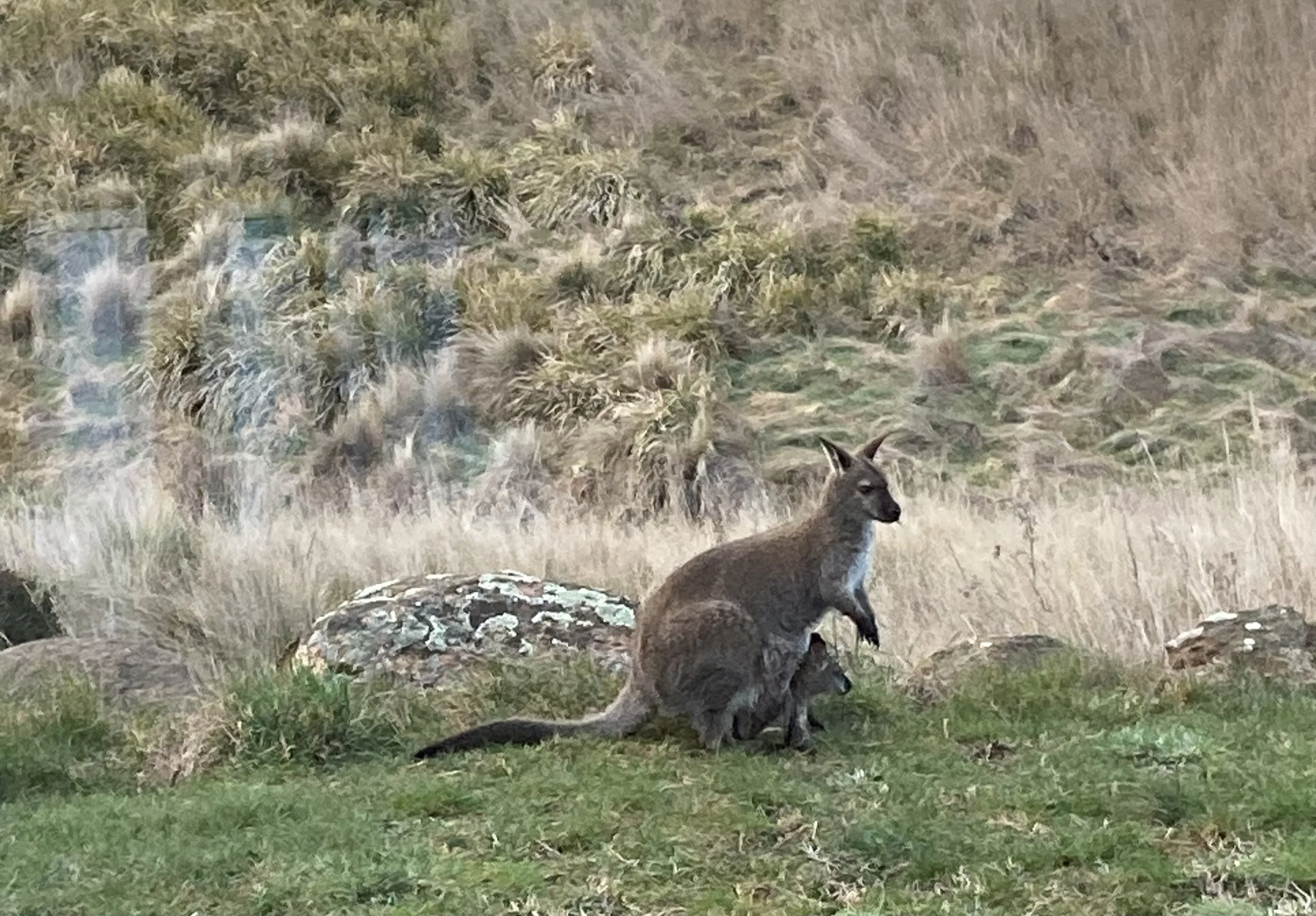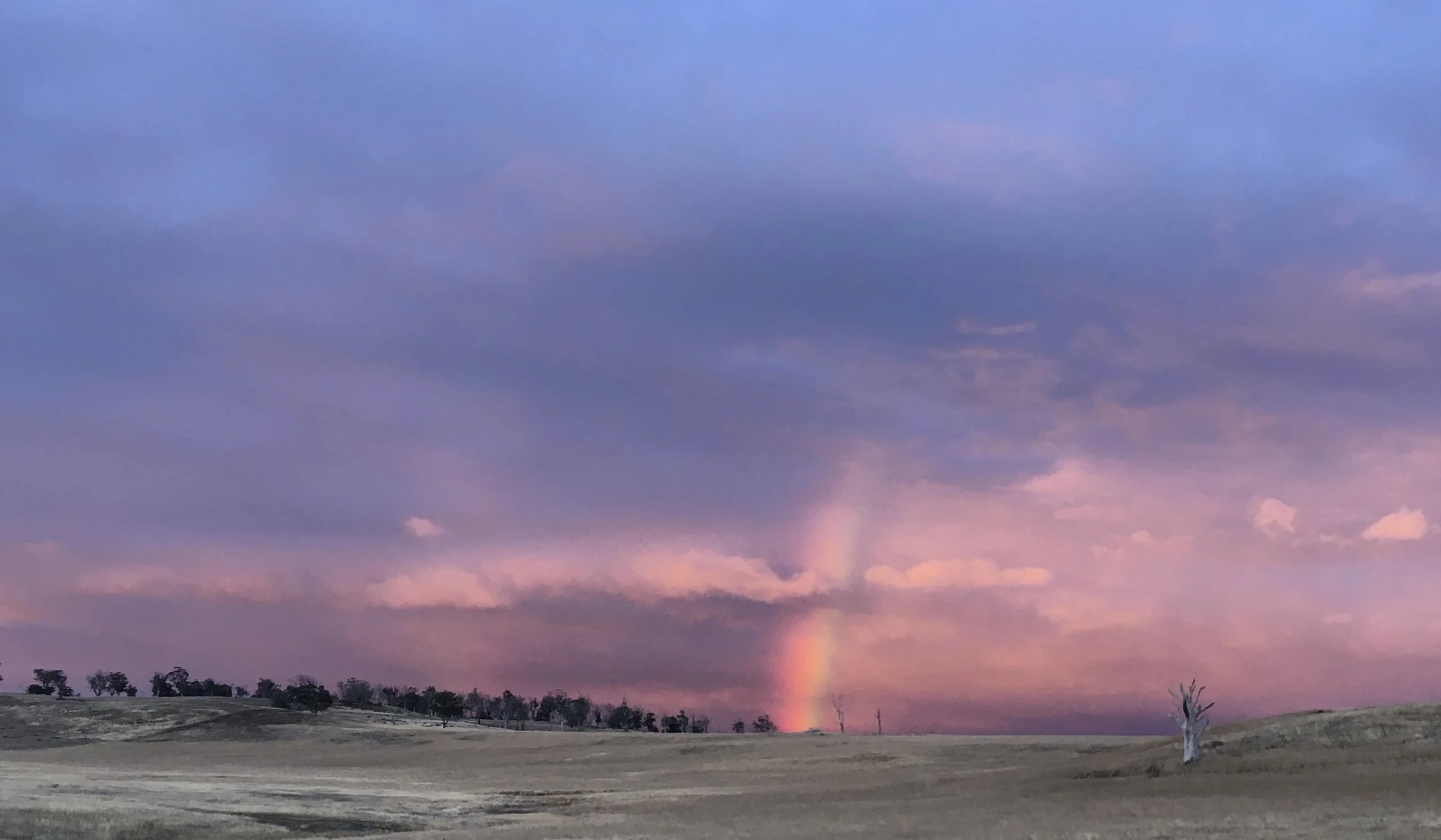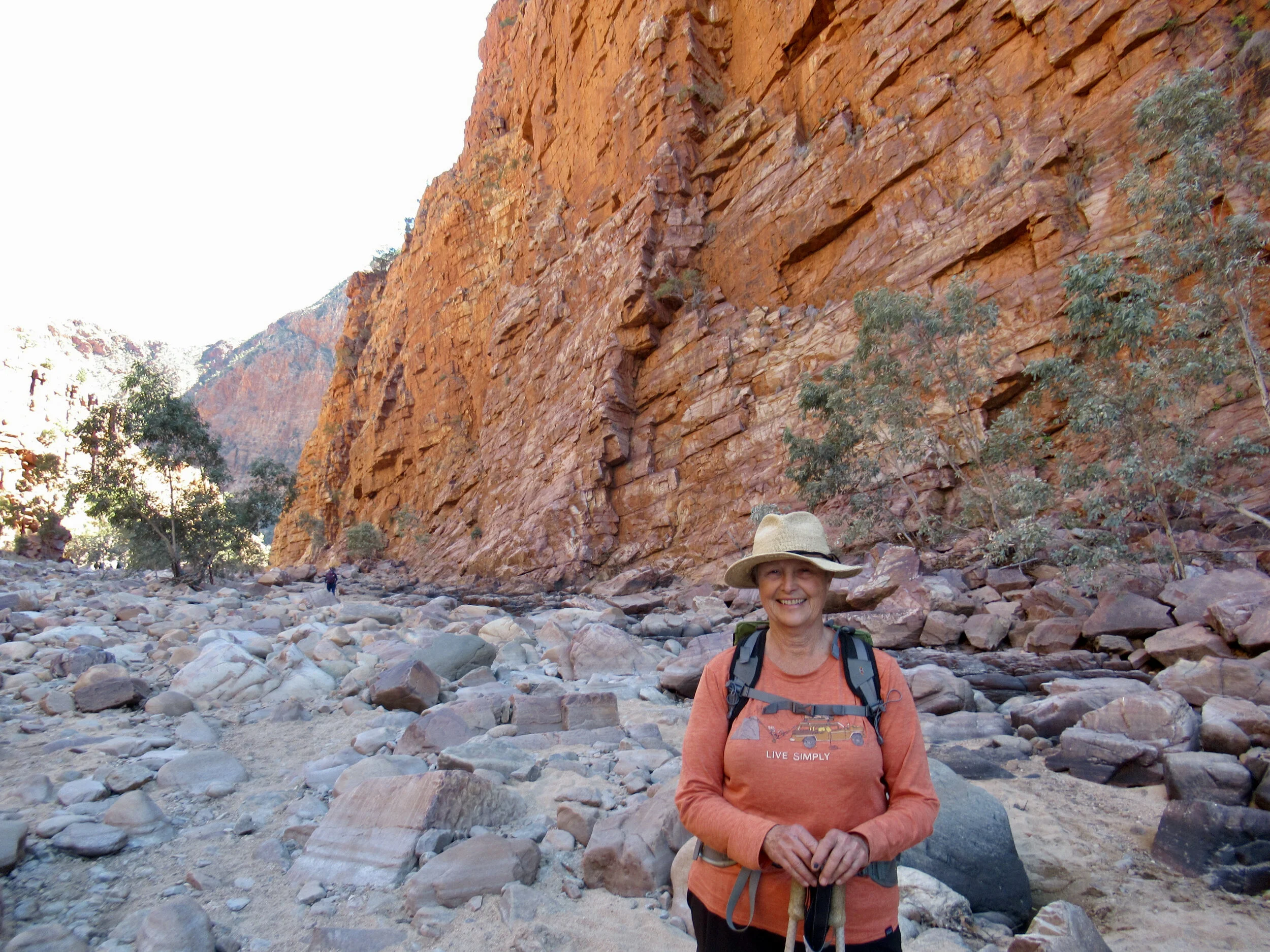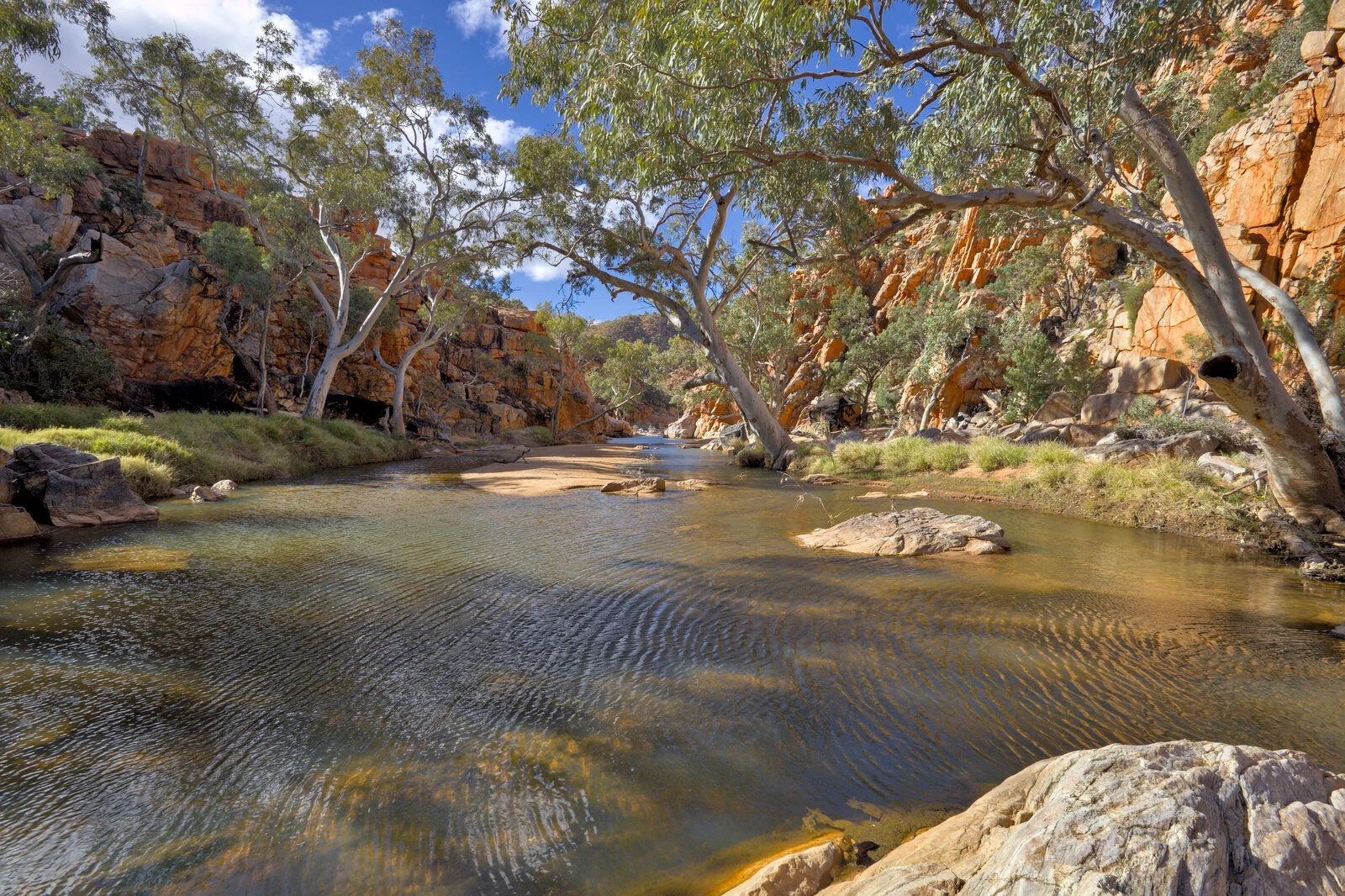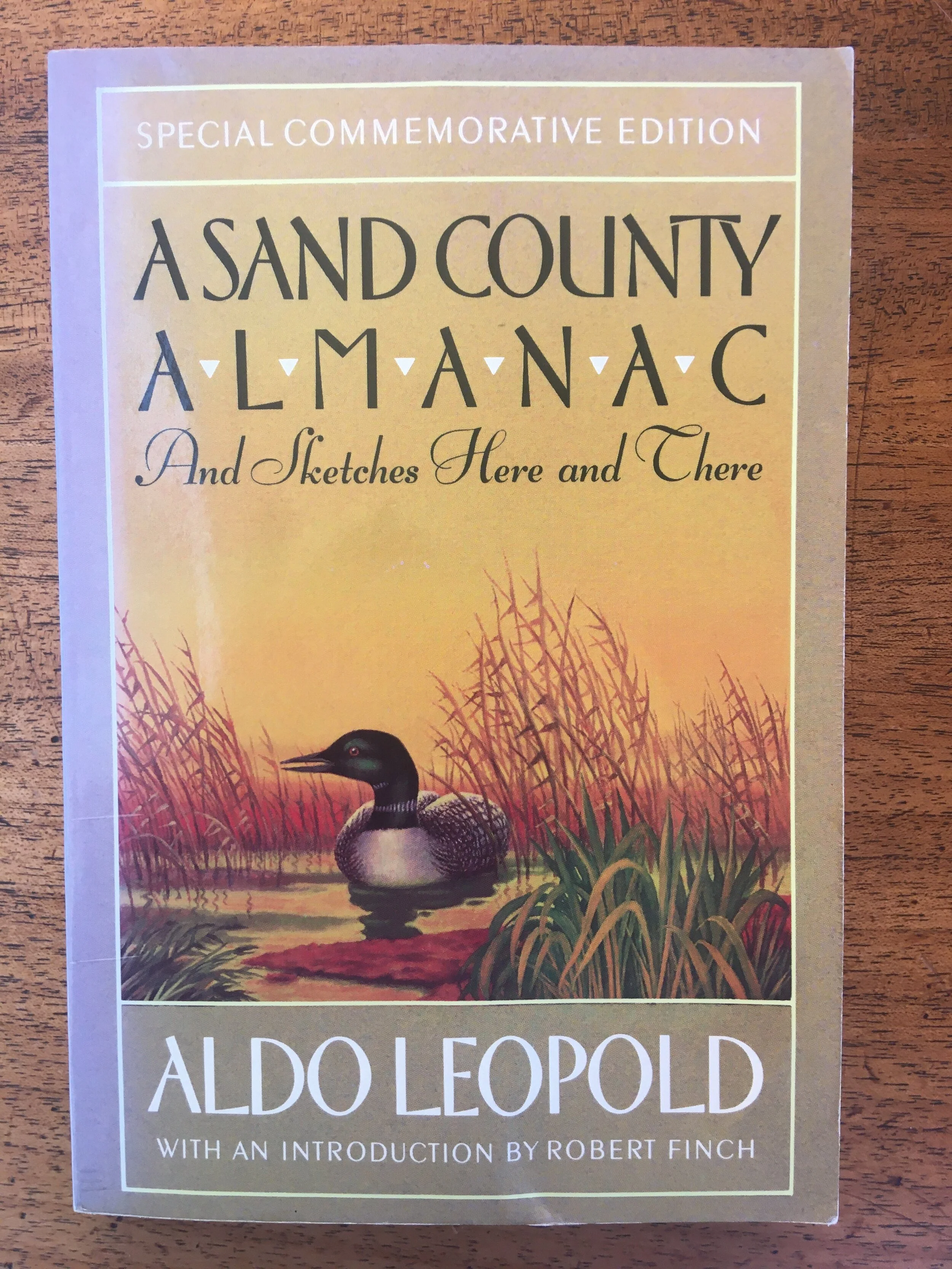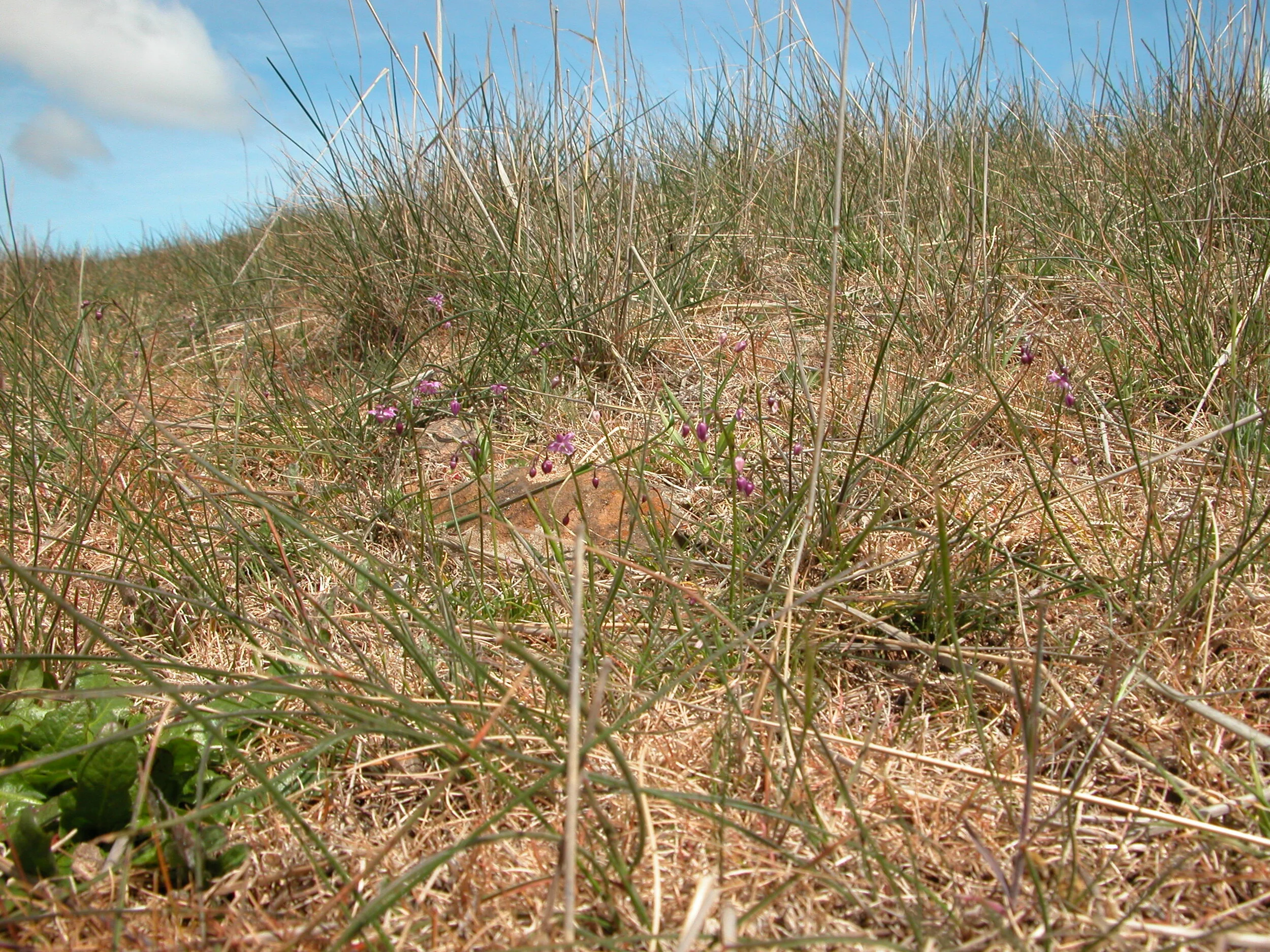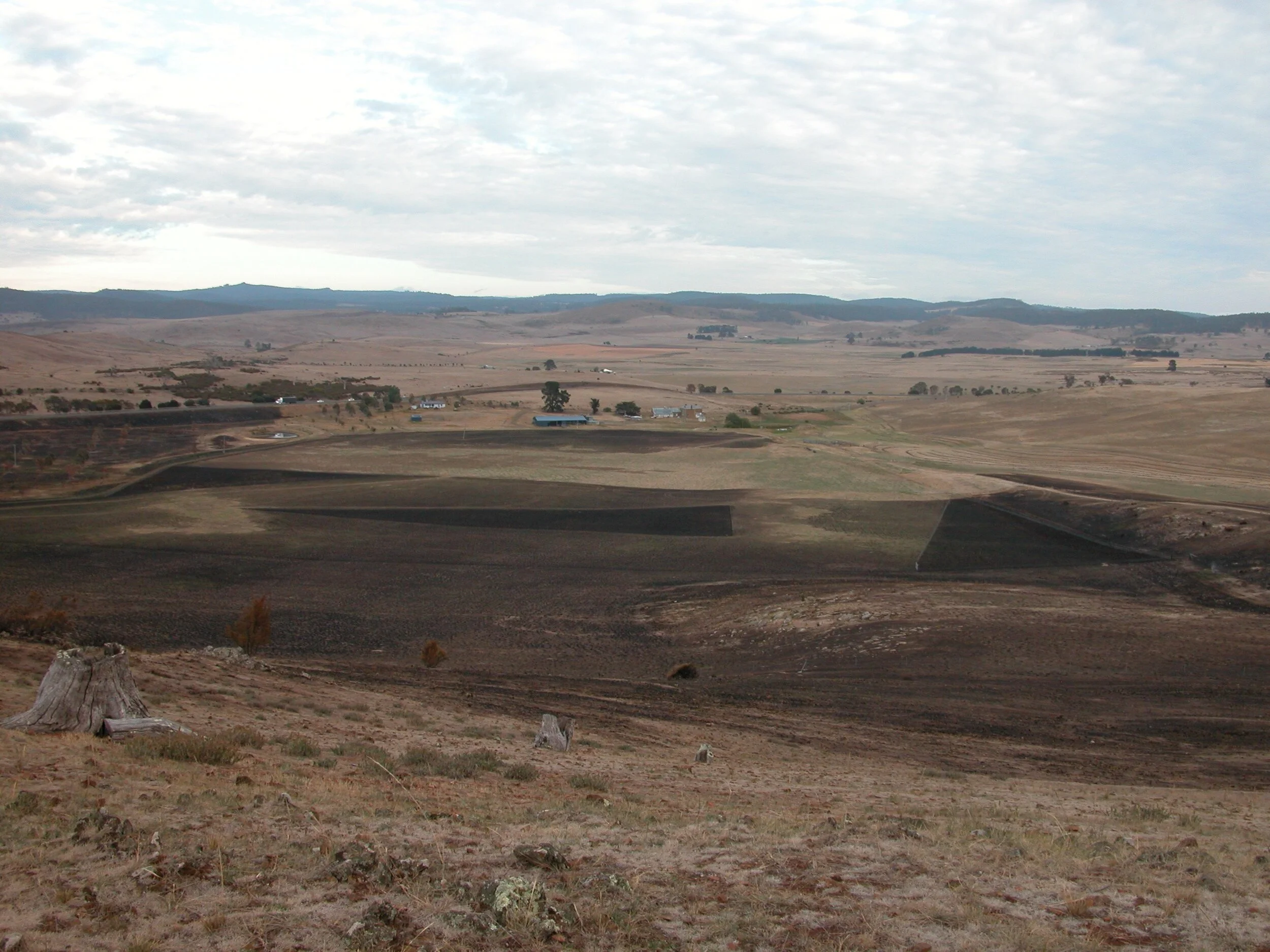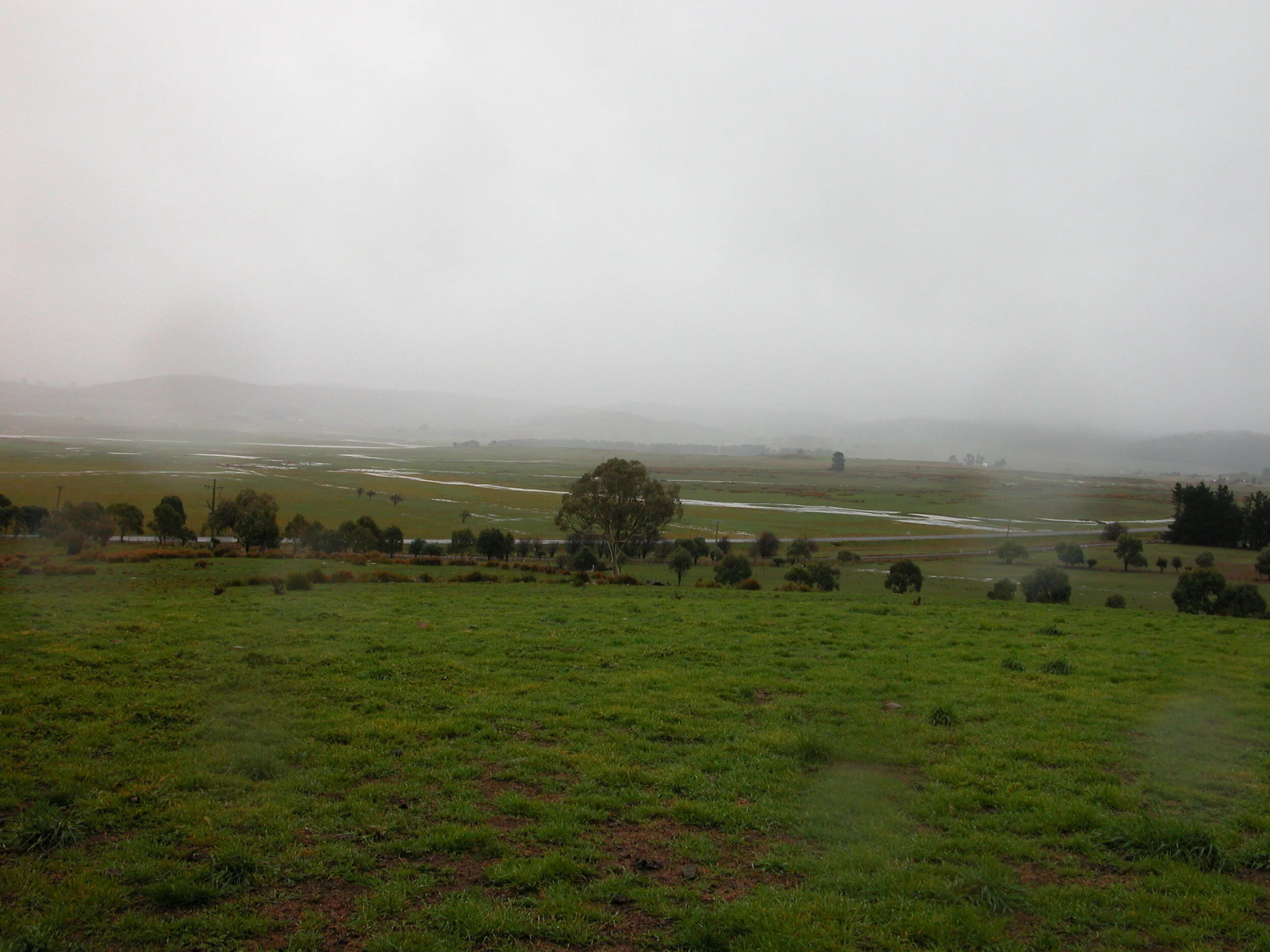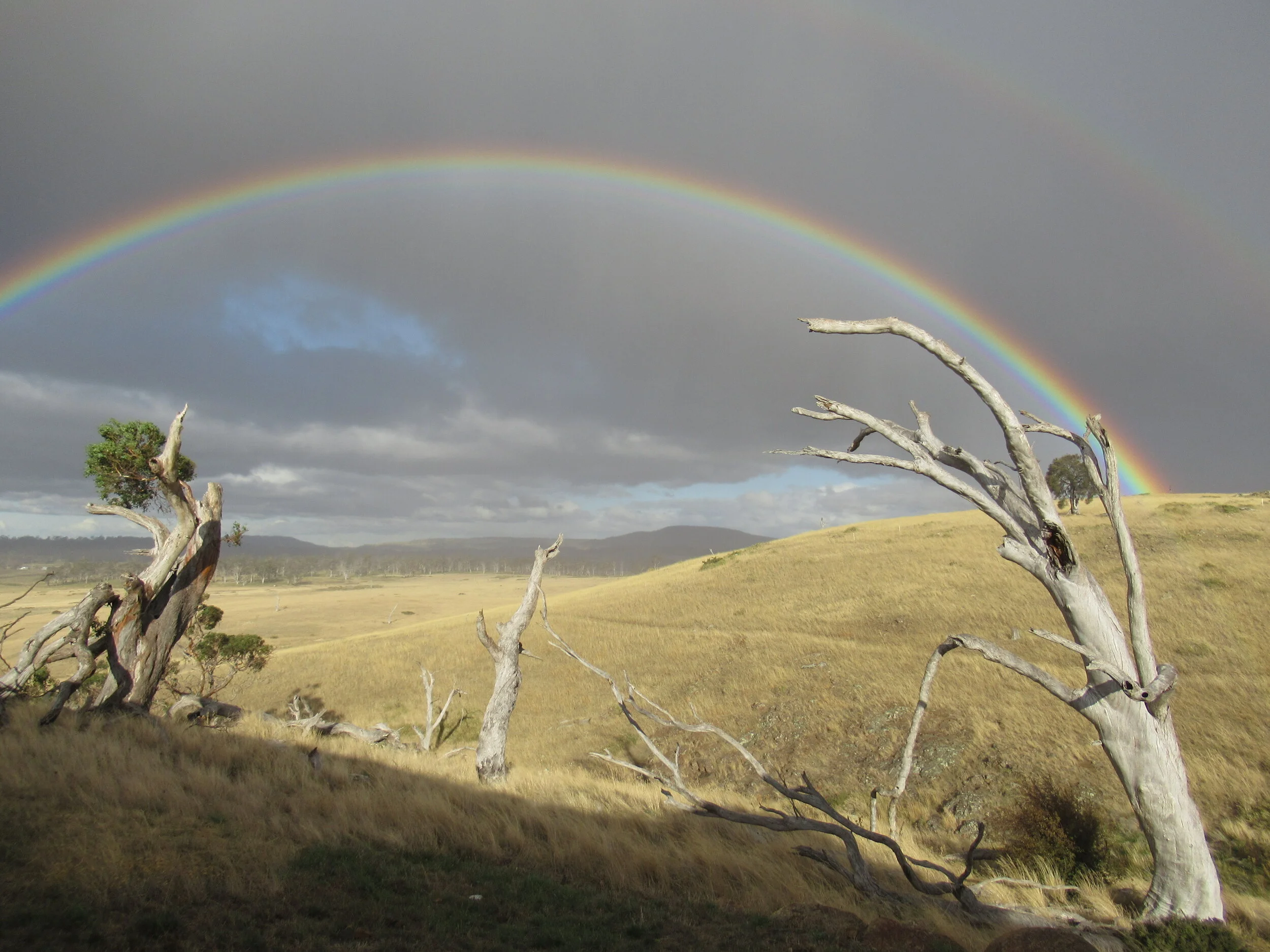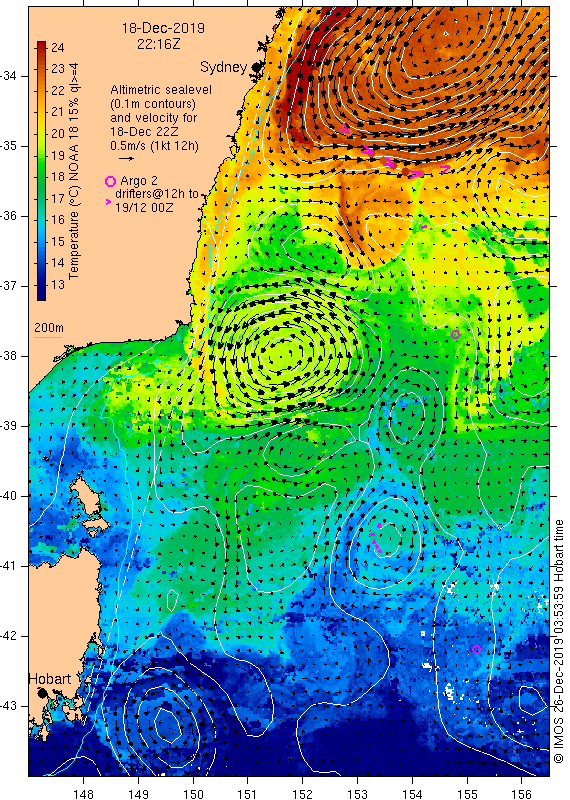Is the following claim, made in early January of this year, true? ‘Zinc supplements can protect against COVID-19; zinc kills the virus, and zinc ionophores are a zinc delivery system that allows zinc to go from outside the cell to inside the cell.’
Although it’s plausible, it’s unsupported by any evidence in humans. It is being promoted online by a family physician, Vladimir Zelenko, who is selling a dietary supplement called Z-Stack.


